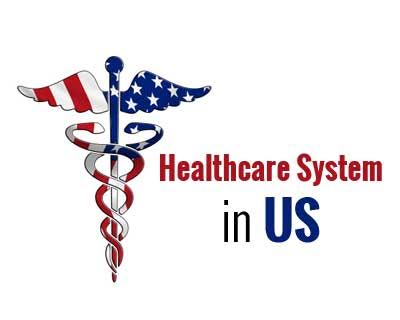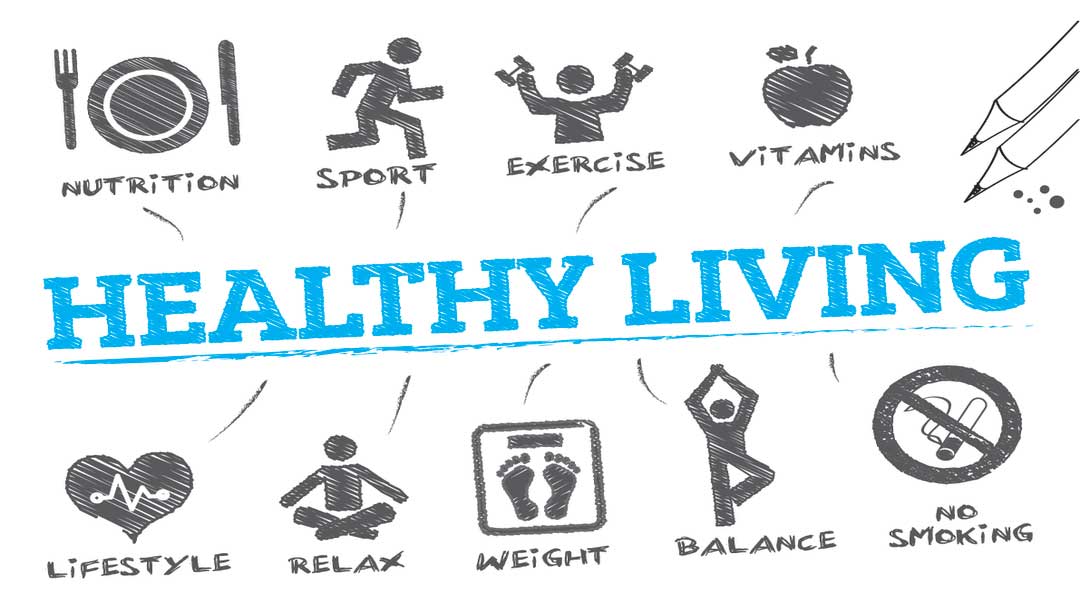Healthcare in the United States is structured in a complex bureaucratic system. Unlike most other countries where healthcare facilities are owned by the government or private sector businesses, in the US, private non-profit organizations own a significant portion of hospitals and clinics.
The United States has the highest healthcare expenditures in the world. Public payers, such as a federal institutions or state and local governments, cover a significant share of these expenditures. However, private insurance and individual payments can also cover healthcare expenses.
Unlike many other developed countries, United States healthcare system does not cover the entire population. Instead of a single, comprehensive health insurance system, the US primarily relies on employers to offer voluntary health insurance have coverage to their employees and dependents.
The government has various programs to cater to the healthcare needs of vulnerable sections of society, such as the elderly, disabled, and low-income individuals. Each program is unique and caters to specific groups of people.
Obtaining health insurance in US can be a challenging task. While some may assume that having financial resources makes it easy to acquire insurance, the reality is more complex. It is crucial to be cautious and thorough when selecting the right insurance plan.
Non-citizens Health Insurance in the United States
In the United States, the government does not offer health insurance to all its citizens. Health insurance is not a mandatory but is strongly advised and crucial, as healthcare services are more costly than in any other country.
There are two types of health insurance in US: private and public. Most people use a combination of both. The US public health insurance includes Medicare, Medicaid, and the Children’s Health Insurance Program.
The United States has the highest healthcare costs globally. Therefore, obtaining adequate health insurance coverage is of utmost importance.
Medicaid
Medicaid is a joint federal and a state program that provides medical assistance to people with the limited income and resources. It covers benefits not typically covered by Medicare, such as a nursing home care, personal care services, etc.
The United States provides health insurance to Over 71 million people with low income or disabilities, which is approximately 23% of its population. This funding source is considered the largest for medical and health-related services for low-income individuals in the country.
Medicare
Medicare is a health insurance program that is available nationally in the US. It provides health insurance coverage to US citizens who are older than 65 years of age, as well as to younger individuals who have end-stage renal disease, ALS, and other disabilities. The program was established in 1966.
Official Data shows that in 2018, Medicare provided almost 60 million individuals in the US with healthcare, with over 51 million older than 65 Years.
The Medicare program are divided into four parts:
- Part A provide a coverage for hospital stays, skilled nursing care, and hospice services.
- Part B covers outpatient services, such as services at a hospital while not admitted, and outpatient hospital costs.
- Part C is an alternative to Parts A and B of Medicare. It allows patients to choose a health plan that provides at least the same level of service coverage as Parts A and B, along with additional benefits of Part D. Managed Medicare also sets an annual limit on out of pocket expenses, which Parts A and B do not offer. Its important to note that enrolling in Parts A and B is essential before signing up for Part C.
- Part D refers to the coverage for prescription drugs that are self-administered primarily.
Children’s Health Insurance Program
The program previously identified by the name of the State Children’s Health Insurance Program (SCHIP) has been designed to provide a health insurance coverage to children belonging to families with moderate incomes. This program is specifically intended for families that earn too much to qualify for Medicaid but still can’t afford expensive health insurance plans. The program ensures children receive the necessary healthcare services to lead healthy and productive lives. It covers various medical services, including preventative care, immunizations, doctor visits, prescription medications, and hospitalization.
The Affordable Care Act – Obamacare
The Patient Protection and Affordable Care Act, also known as Obamacare, is a federal law that former President Obama signed. It is requires all citizens to have health insurance or face a penalty. Taxing healthcare providers and high-income households, the Act helps low-income families afford healthcare. Its ultimate goal is to reduce healthcare costs while improving all Americans healthcare quality.
Under the Affordable Care Act, parents could add up to 26 of their children to their health insurance policies. It was done to ensure that younger and healthier people pay premiums, which would help balance the risk pool. Additionally, the Act allowed individuals who couldn’t afford treatment for chronic illnesses to receive medical care instead of relying on emergency rooms for care. Under the Affordable Care Act, parents could add up to 26 of their children to their health insurance policies. It was done to ensure that younger and healthier people pay premiums, which would help balance the risk pool. Additionally, the Act allowed individuals who couldn’t afford treatment for chronic illnesses to receive medical care instead of relying on emergency rooms for care.
US Private Health Insurance
The United States has approximately one thousand private health insurance providers. Each insurance provider offers various plans at different prices, primarily based on an individual’s medical history. It is worth noting that individual plans only cover a single person, whereas group plans are designed to protect families.
Usually, there are a three types of health insurance in United States:
1. Traditional fee for service health insurance plans are usually the most expensive, and those with an income lower than the average income in US need help purchasing. However, these are the best plans as they offer the most flexibility.
2. If you’re considering a Health Maintenance Organization (HMO), you should know that they only offer a limited choice of healthcare providers. But, they provide lower co-payments and cover the cost of more preventative care. These organizations are evaluated and accredited by the National Committee for Quality Assurance.
3. Preferred Provider Organizations (PPOs) offer lower co-payments and more provider options than HMOs.
How do you pick a decent health insurance plan in the
United States?
When you are looking up a good health insurance plan in the US, make sure you ask questions like:
- Do you have the freedom to choose any doctor, hospital, clinic, or pharmacy under this plan?
- Does the insurance cover visits to specialists like optometrists and dentists?
- Does the insurance plan cover pregnancy, psychiatric care, and physical therapy?
- Does the insurance policy cover home and nursing home care and prescribed medications?
- Please provide information on the deductibles and co-payments associated with the plan.
- What is the maximum amount you may need to pay out of pocket to cover expenses?
Knowing how your provider handles disputes about bills or services is essential. In particular plans, a third party may be involved in resolving the issue. We suggest considering the GeoBlue Xplorer plan for non-U.S. citizens visiting the United States.
Foreign Visitors: Health Insurance Requirements in the
United States
Suppose you plan to travel to the United States with a B-1/B-2 visa. In that case, purchasing health insurance before your trip is highly recommended. Although it’s not mandatory for short-term travelers, having insurance can be beneficial.
Healthcare in the United States is expensive. Even a simple headache check-up can cost hundreds of dollars, while a broken limb can cost thousands. This is why it’s essential to have insurance.
Always best to be prepared for unexpected health issues. To save money in case of need, getting insurance is a good idea.
Legal Immigrants: Health Insurance Options
Lawful immigrants in the US are eligible to sign up for private health insurance. They may also qualify for the lower monthly premiums and out of pocket costs based on their income.
- Make 400% or less of the federal poverty level in annual income. You may qualify for cost savings and premium tax credits when you sign up for insurance through the Marketplace.
- Peoples with a household income below 100% of the federal poverty level and not eligible for Medicaid can still get assistance paying for Marketplace insurance. They may be eligible for premium tax credits and other savings if they meets the all other eligibility requirements.
Most of the time, if someone is a "qualified non-citizen" they can get Medicaid or CHIP coverage, as long as they meet their state’s rules for income and residency.
Qualified non-citizens include the following:
- Lawful permanent residents
- Asylees, refugees, battered non-citizens & spouses, children or parents, victims of trafficking and their spouse, child, sibling, or parent or individuals with a pending application for a victim of trafficking visa
- Cuban/Haitian entrants,
- Those paroled into the US for at least one year.
- Conditional entry granted before 1980
- Individuals who have been granted withholding of deportation and those who are members of a federally recognized Indian Tribe or are American Indian born in Canada.
Most US people need to wait five years after qualifying to be eligible for Medicaid andCHIP coverage. But there an exception for refugees and asylees – they don’t have to wait.
Medicare and CHIP can cover children and pregnant women without them having to wait for five years. States have the option to abolish this waiting period.
Illegal Immigrants: Health Insurance Options
Illegal immigrants in US can only receive health coverage from private providers as government-funded insurance does not cover them.
Undocumented immigrants in the US can receive medical assistance at community centers called Safety Net Providers, provided they can participate in fee-for service medical aid.





I really like what you guys are usually up too. This type of clever work and coverage!
Keep up the superb works guys I’ve added
you guys to my personal blogroll.
Thanks